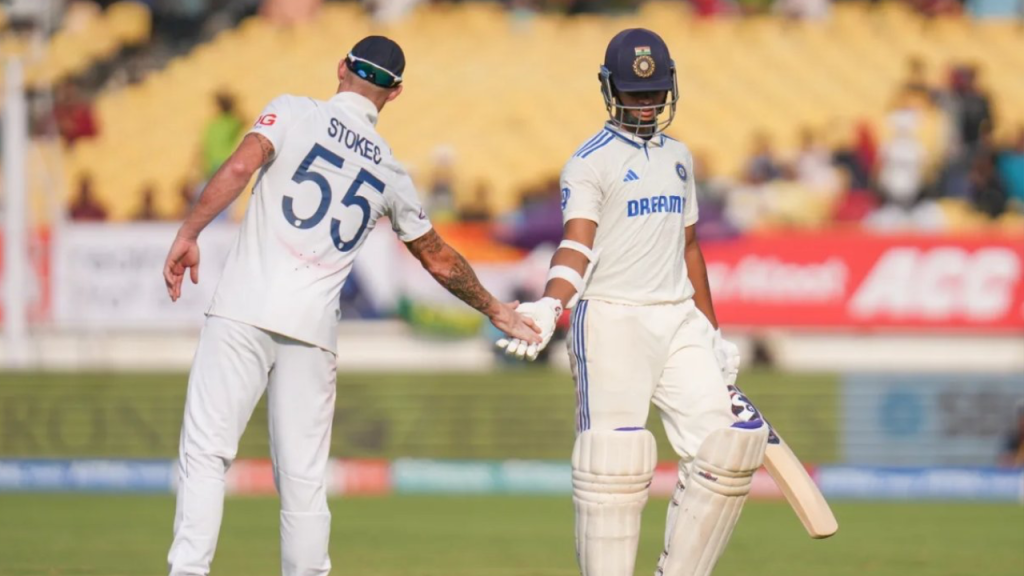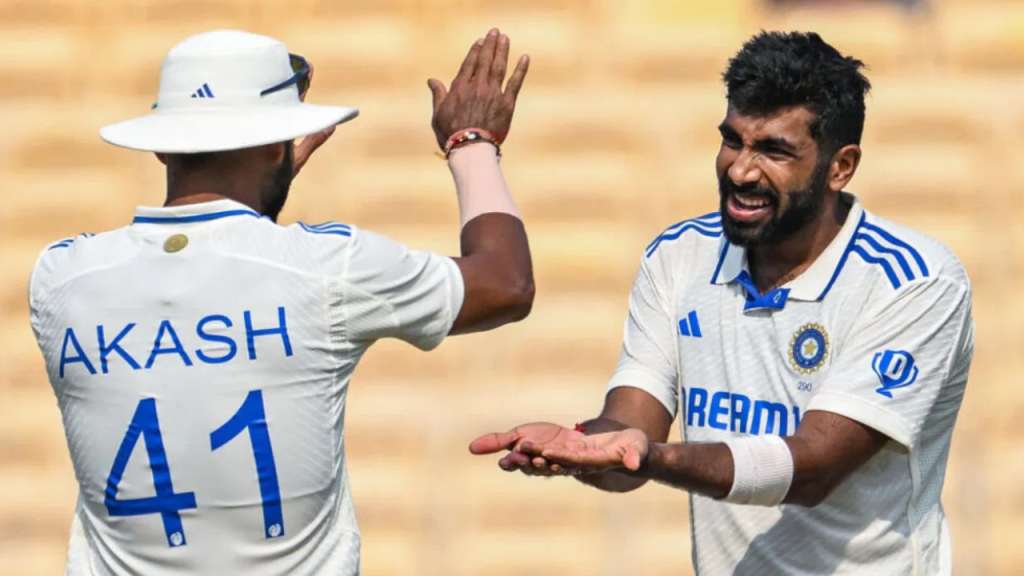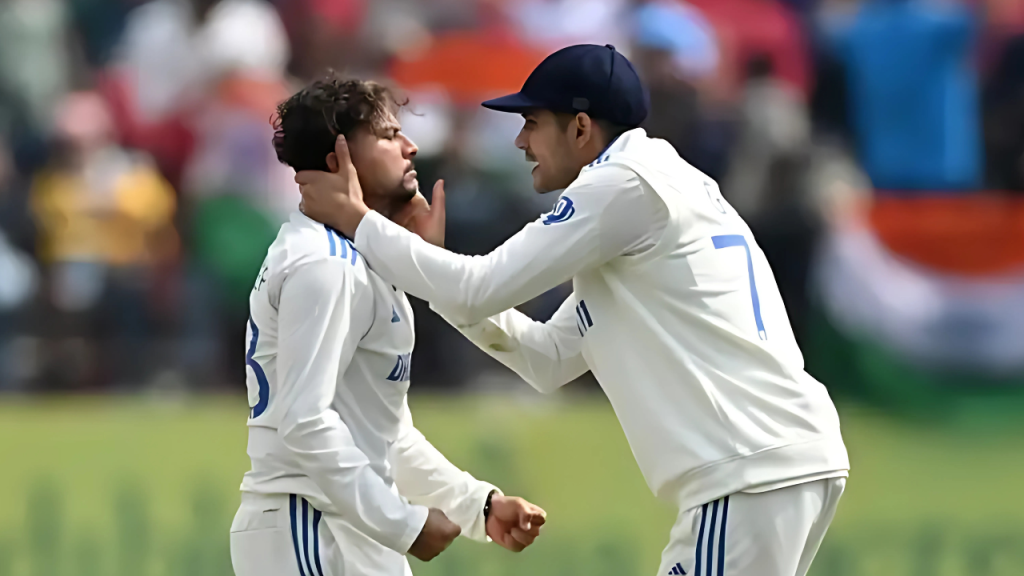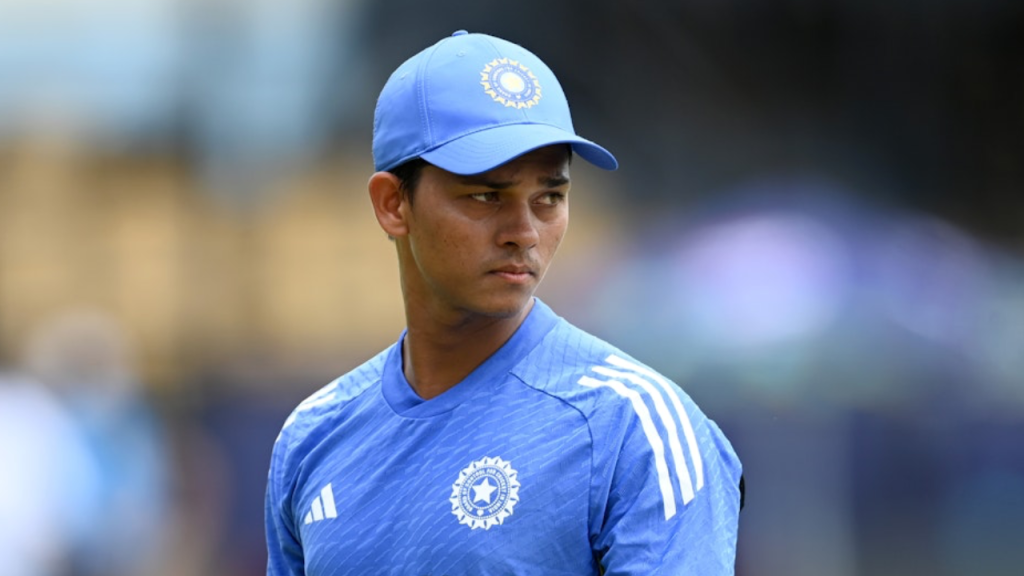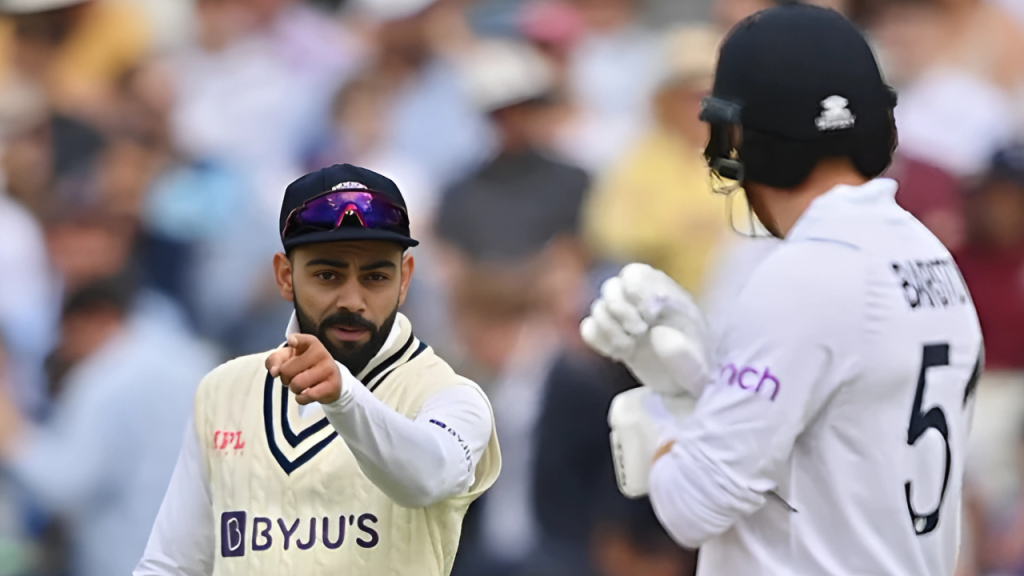As cricket aficionados gear up for the second Test of the Border-Gavaskar Trophy in Adelaide, the pitch at the Adelaide Oval promises to be a central character in this unfolding drama. Scheduled for December 6, 2024, this match will see India, led by Rohit Sharma, who recently welcomed a baby boy, taking on Australia in a Pink Ball Test. The return of key players like Rohit Sharma and Shubman Gill adds to the anticipation, especially after India’s commanding victory in the first Test at Perth.
The Adelaide Oval, known historically for its batting-friendly tracks, has traditionally been a venue where runs flow freely. However, the introduction of the pink ball under lights transforms the dynamics significantly. This day-night Test format, which Australia has mastered with an impressive record, brings into play different challenges for both teams, particularly in terms of how the ball behaves as daylight fades.
The pitch at Adelaide Oval for Border-Gavaskar Trophy and 2nd Test is expected to have a good amount of grass cover, hinting at conditions that might favor the fast bowlers, especially under lights. The pink ball, unlike its red counterpart, tends to swing and seam more as the evening progresses, offering bowlers like Jasprit Bumrah and Mitchell Starc a chance to exploit these conditions. This aspect could make batting more challenging, particularly for those unaccustomed to the nuances of the pink ball.
In the afternoon, when the natural light is at its brightest, the pitch might offer a more balanced contest, with batsmen finding it easier to play their shots. However, as the floodlights come on, the pitch’s true nature might reveal itself, potentially assisting the seamers with movement off the pitch. This scenario could lead to a fascinating battle between bat and ball, where adaptability and technique under lights will be crucial.
India’s preparation for this Test included a practice match against the Prime Minister’s XI in Canberra, where they showcased their readiness by chasing down a target of 241 runs, with openers Yashasvi Jaiswal and KL Rahul setting a solid foundation. This match provided valuable insights into handling conditions that might resemble those at Adelaide, particularly in terms of dealing with the pink ball’s behavior.
Given the pitch’s expected nature, India might look to capitalize on the afternoon session, aiming to post a competitive total before the conditions become more bowler-friendly. The return of Rohit Sharma and Shubman Gill could bolster India’s batting, providing depth and experience against the moving ball.
For Australia, the challenge lies in breaking India’s momentum. With a historical advantage in Pink Ball Tests, they’ll be keen to exploit any early moisture or movement in the pitch. The likes of Starc and Pat Cummins could be pivotal, especially if they manage to get the ball to talk under lights.
The Adelaide Oval pitch for this Pink Ball Test sets the stage for a contest where strategy, adaptation, and skill under lights will be as crucial as daylight performance. This Test could well be decided by how each team manages the transition from day to night, with the pink ball’s behavior adding an extra layer of intrigue. As both teams prepare to clash, the pitch at Adelaide Oval promises not just a game of cricket but a spectacle of skill, strategy, and perhaps, a bit of magic under the South Australian night sky. This match, therefore, isn’t just about runs and wickets but about mastering the art of Test cricket under the unique conditions of a day-night encounter.
